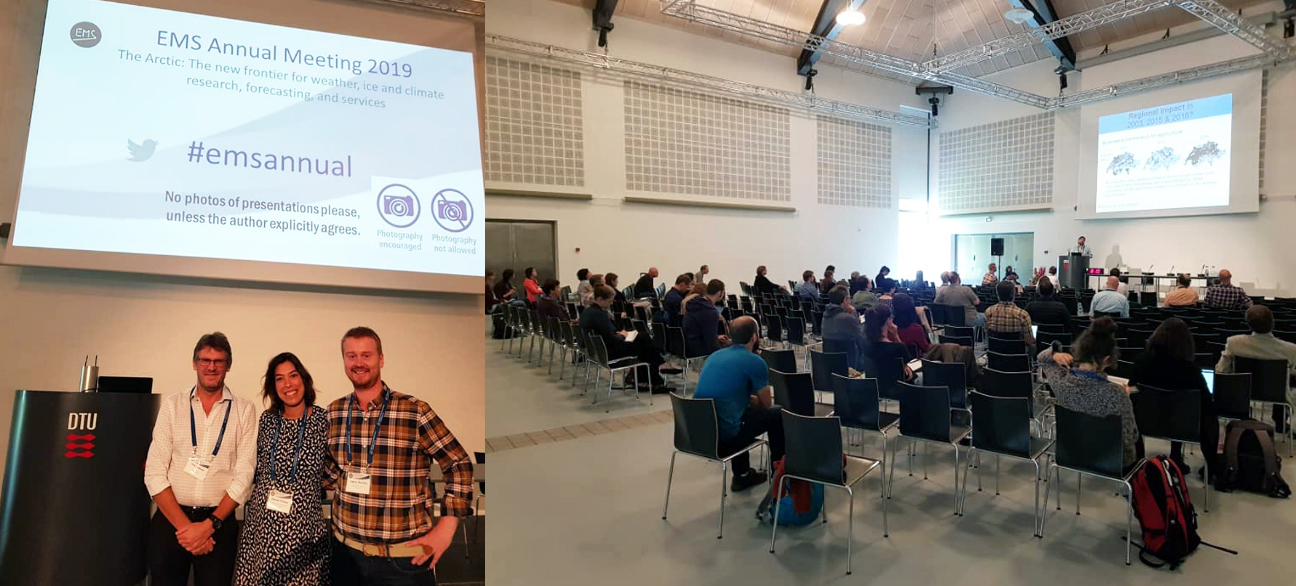ECMWF scientists helped to organise a hydro-met session on ‘Exploring the interfaces between meteorology and hydrology’ at the 2019 Annual Meeting of the European Meteorological Society (EMS) in September in Copenhagen. The initial goal was to create an all-embracing hydro-meteorological forum where experts from both disciplines could join forces to accelerate the integration of the two fields. The longer-term aim, to be pursued in future sessions, is to build a larger and influential hydro-met voice within the EMS community. Scientifically, the justification is that meteorology and hydrology act in tandem across the interface between the Earth’s atmosphere and its land surface, and as our understanding and predictive capabilities grow, this interface becomes increasingly important.

The session was very well received in terms of both abstracts submitted (19 talks and 6 posters) and attendance, which peaked at around 100 during the morning session. Topics covered were very wide ranging and included lake temperature prediction; snowmelt impacts; spatio-temporal statistics of rainfall extremes; the use of rescued data for drought and flood reconstruction; impacts of meteorological and hydrological models on predictive skill for flash floods; atmospheric rivers; monthly and seasonal hydrological predictions; and groundwater modelling in an Earth system model framework.
Like the conveners, the EMS Programme and Scientific Committee were very happy with the submission level and turnout for the session, so we will work hard to build on this success in the coming years. We invite all those interested to submit abstracts for next year’s conference. To facilitate networking, we organised a joint dinner for participants in our session and a companion hydro-met session on precipitation monitoring; the canal boat venue chosen for this purpose proved very popular.

